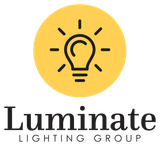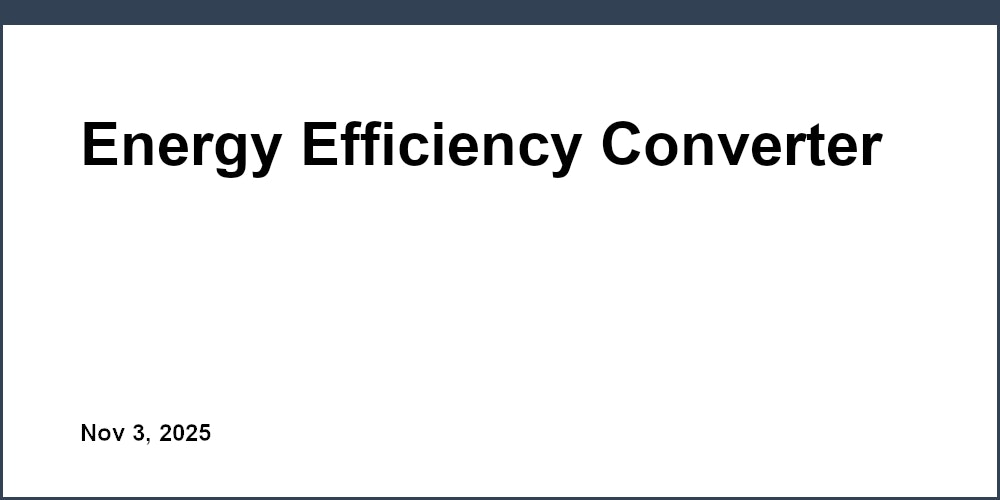Calculate energy use for different bulbs with our Energy Efficiency Converter. Compare incandescent, CFL, and LED to save money and energy!


Lighting is a sneaky contributor to household energy bills, but understanding your usage can lead to big savings. Many of us still rely on older, power-hungry bulbs without realizing how much they cost to run. By calculating the energy draw of different lighting options, you can make smarter decisions for your wallet and the environment.
Not all bulbs are created equal. An old-school incandescent might seem cheap to buy, but it guzzles electricity compared to modern alternatives like LEDs. With a quick calculation of wattage and daily usage, you can see the yearly impact in kilowatt-hours (kWh). This kind of insight helps homeowners and renters alike spot opportunities to cut costs without sacrificing brightness.
Switching even a few fixtures to energy-efficient options can reduce your overall consumption noticeably. Beyond just numbers, it’s about creating sustainable habits. Tools that break down complex data into simple comparisons empower you to take control of your energy footprint. Start today by exploring how much you could save with a more efficient setup for your home lighting needs.
Different bulbs use energy at varying rates for the same brightness. Incandescent bulbs, for instance, consume far more power—often 60W or more—while a comparable LED might only need 10W. This tool calculates the kWh based on wattage and usage, so you can see the stark difference. Switching to LED or CFL means less energy used, which translates to lower bills and a smaller carbon footprint over time.
No worries! Our tool checks for errors like negative numbers or non-numeric inputs for wattage and hours. If something’s off, you’ll get a clear message explaining what needs fixing. We’ve designed it to be user-friendly, so you can correct the input and get accurate results without frustration.
LEDs are a game-changer for energy savings. They use up to 80% less power than traditional incandescent bulbs and last way longer—sometimes up to 25,000 hours. While they might cost a bit more upfront, the reduced energy use and replacement frequency save you money in the long run. Plus, they’re better for the planet. Use this converter to see the numbers for yourself!